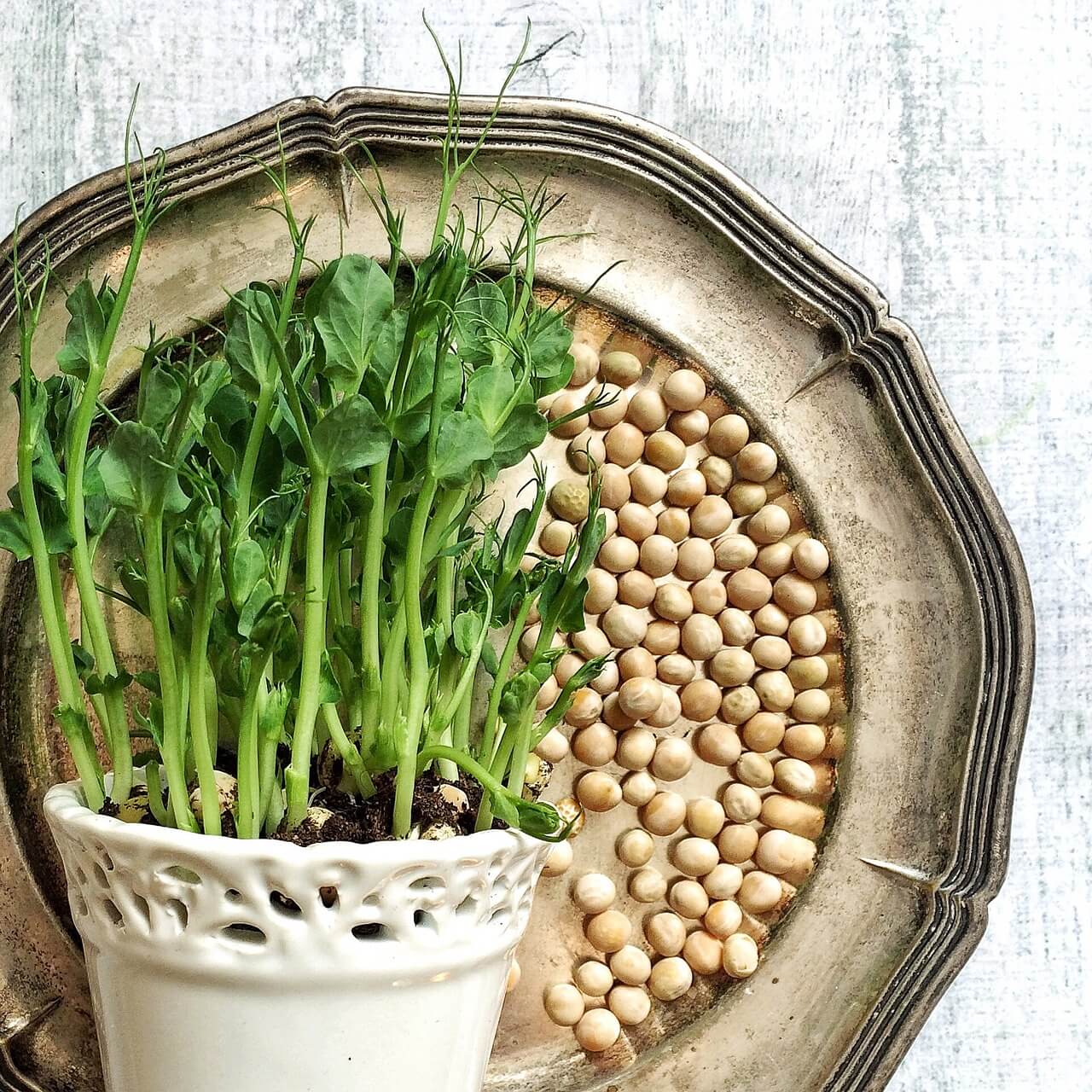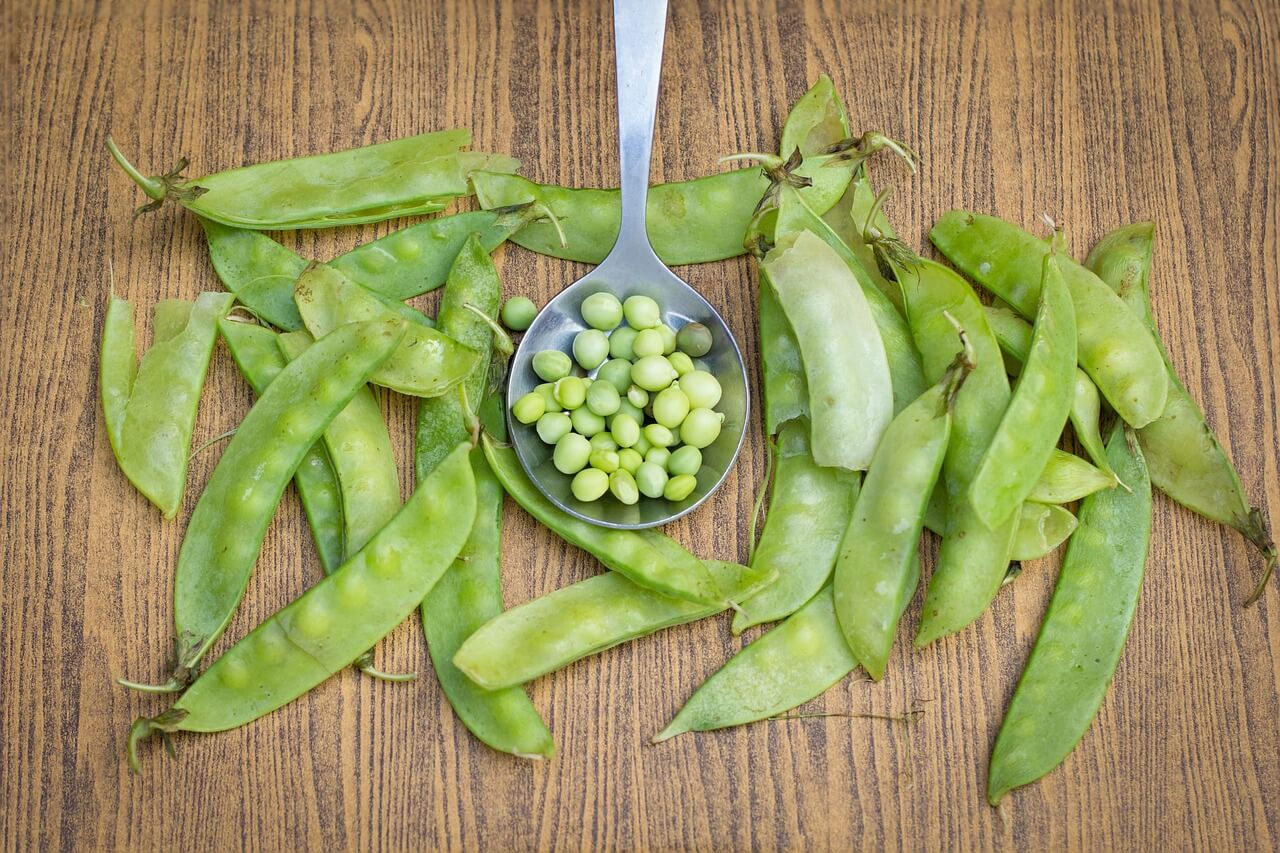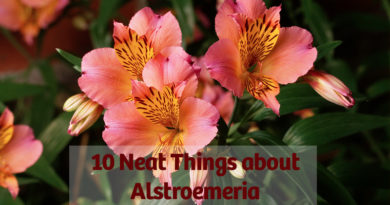Not Two Peas in a Pod: 10 Neat Things About Peas and Sweet Peas
1. Tendrils are touch-sensitive tools.
Peas and sweet peas climb using tendrils—specialised, curling offshoots that detect touch and coil around nearby structures. This response, called thigmotropism, helps them latch onto netting, twigs, or even each other as they grow upward in search of light.
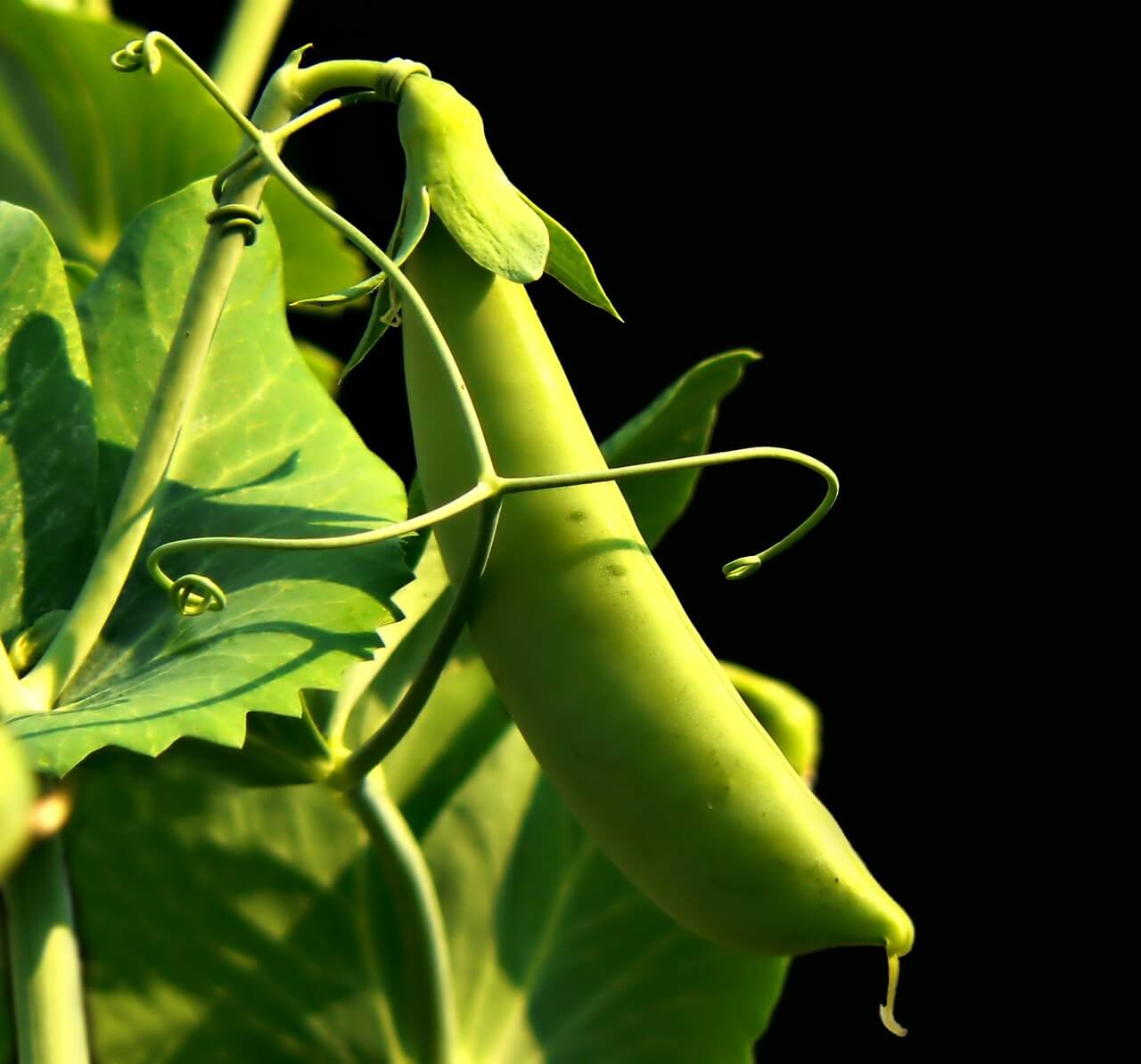
2. They like it cool.
Both peas (Pisum sativum) and sweet peas (Lathyrus odoratus) prefer cool weather and are among the first seeds you can sow outdoors. In many areas, they go in as soon as the soil can be worked in springlong before tomatoes or beans.
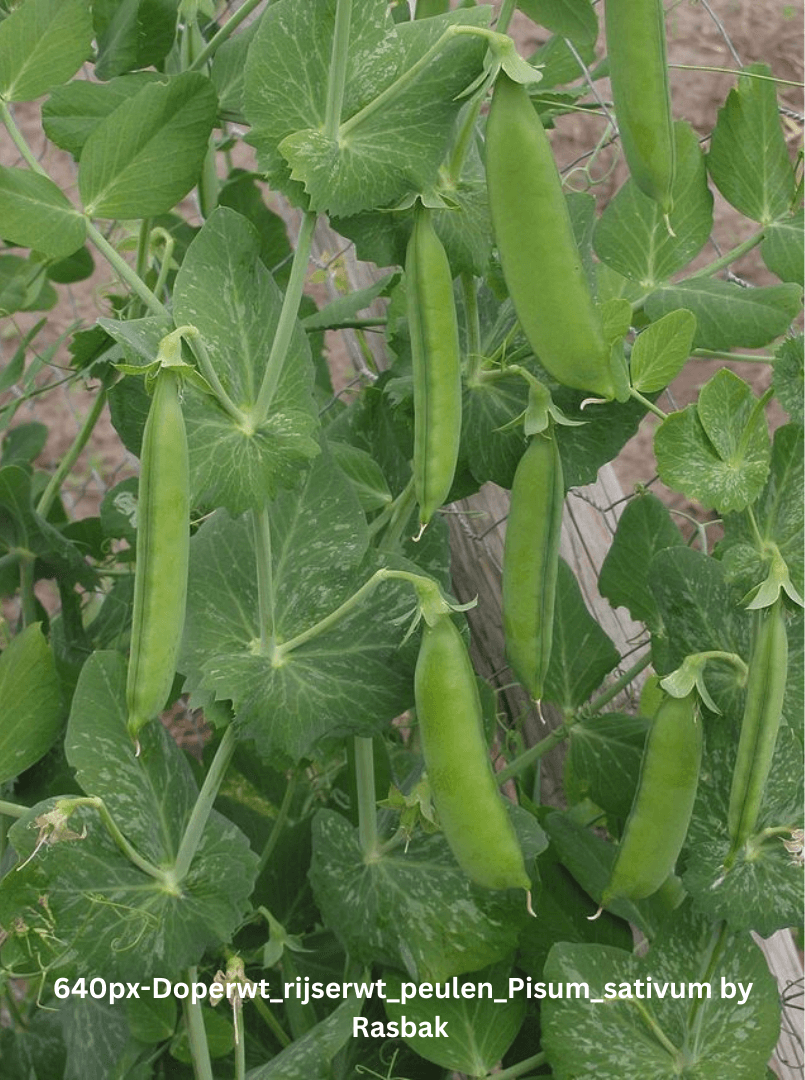
3. Their roots boost soil health
Both peas and sweet peas are legumes, meaning they form a symbiotic relationship with nitrogen-fixing bacteria in their roots. These bacteria convert atmospheric nitrogen into forms plants can use, boosting soil fertility. While gardeners don’t usually grow sweet peas as green manure, they still provide this benefit in the background, especially when their roots are left in place after flowering.Click here to find out more about nitrogen and plants.
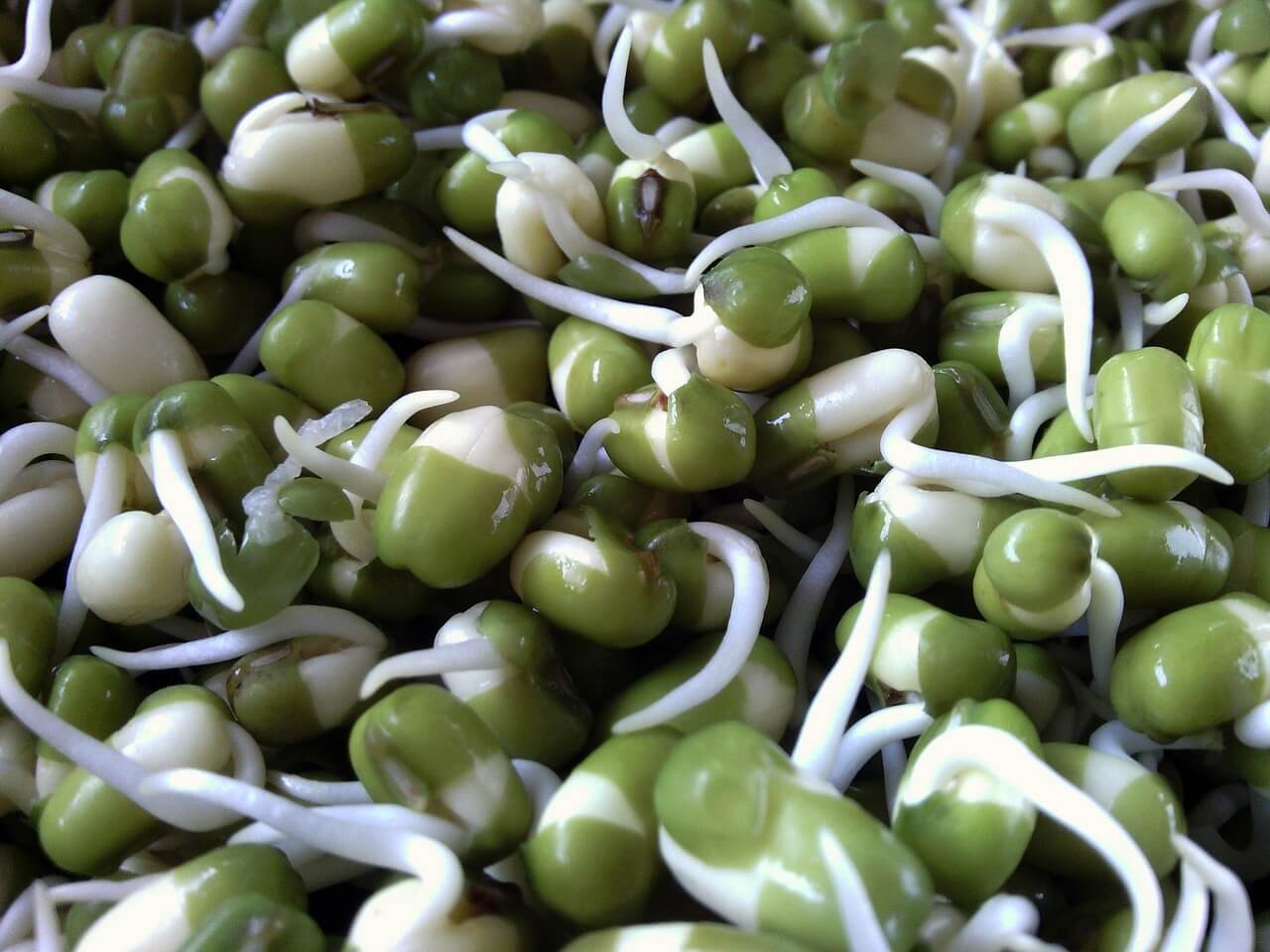
4. Pea shoots are a gourmet crop.
Young tendrils and leaves of garden peas are edible and packed with sweet, grassy flavour. Chefs prize them for garnishes and stir-fries. You can harvest just a few at a time and the plant will keep producing, especially if grown in cooler weather.The shoots will also grow well indoors.
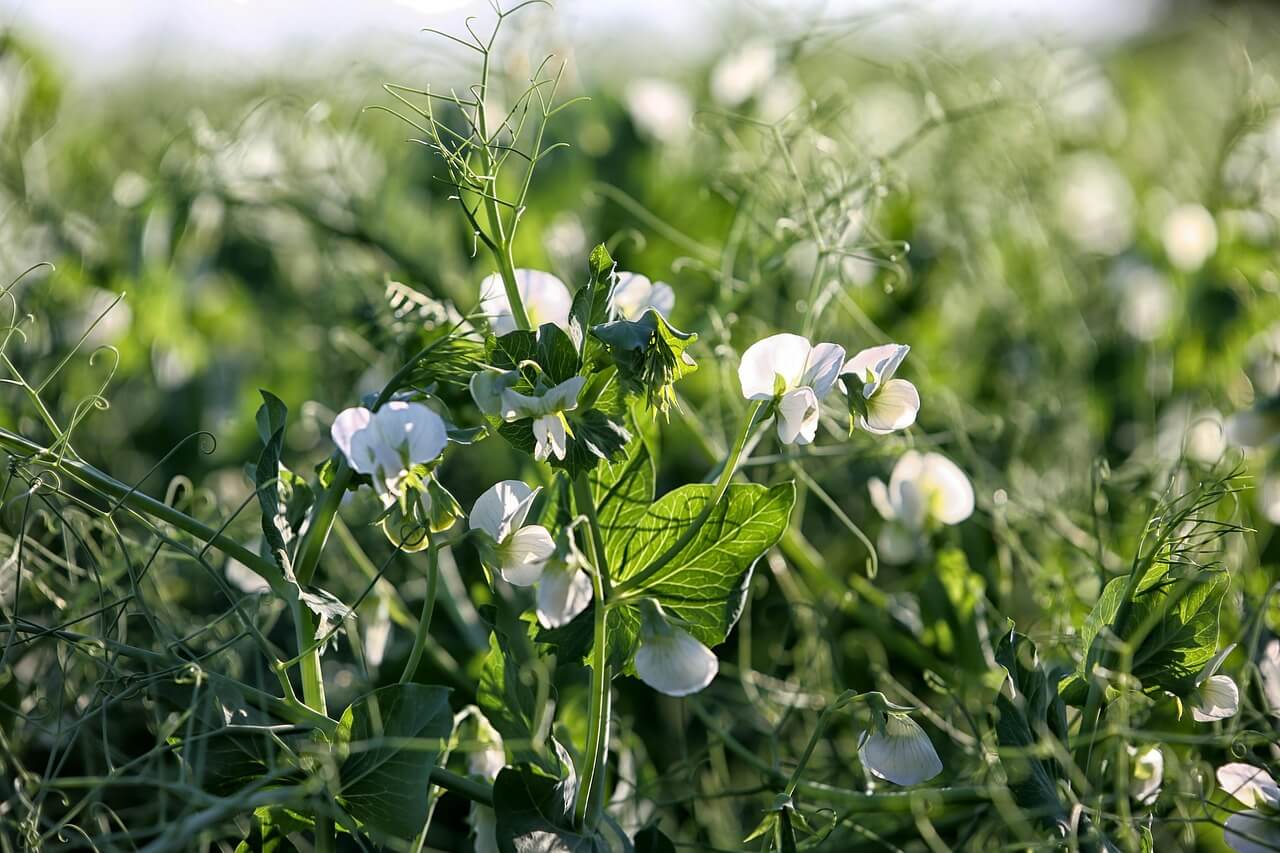
5. Some peas grow taller than you.
Given the right support and enough time, tall varieties of peas like ‘Tall Telephone’ can grow up to over 6 feet tall. Sweet peas can also climb this high, with some heirloom cultivars like ‘Old Spice’ reaching impressive heights—especially in rich, moist soil with regular picking for bouquets. With sweet peas, the more you pick, the more they bloom. If you let theflowers go to seed, the plant shifts its energy toward seed production and stops flowering.
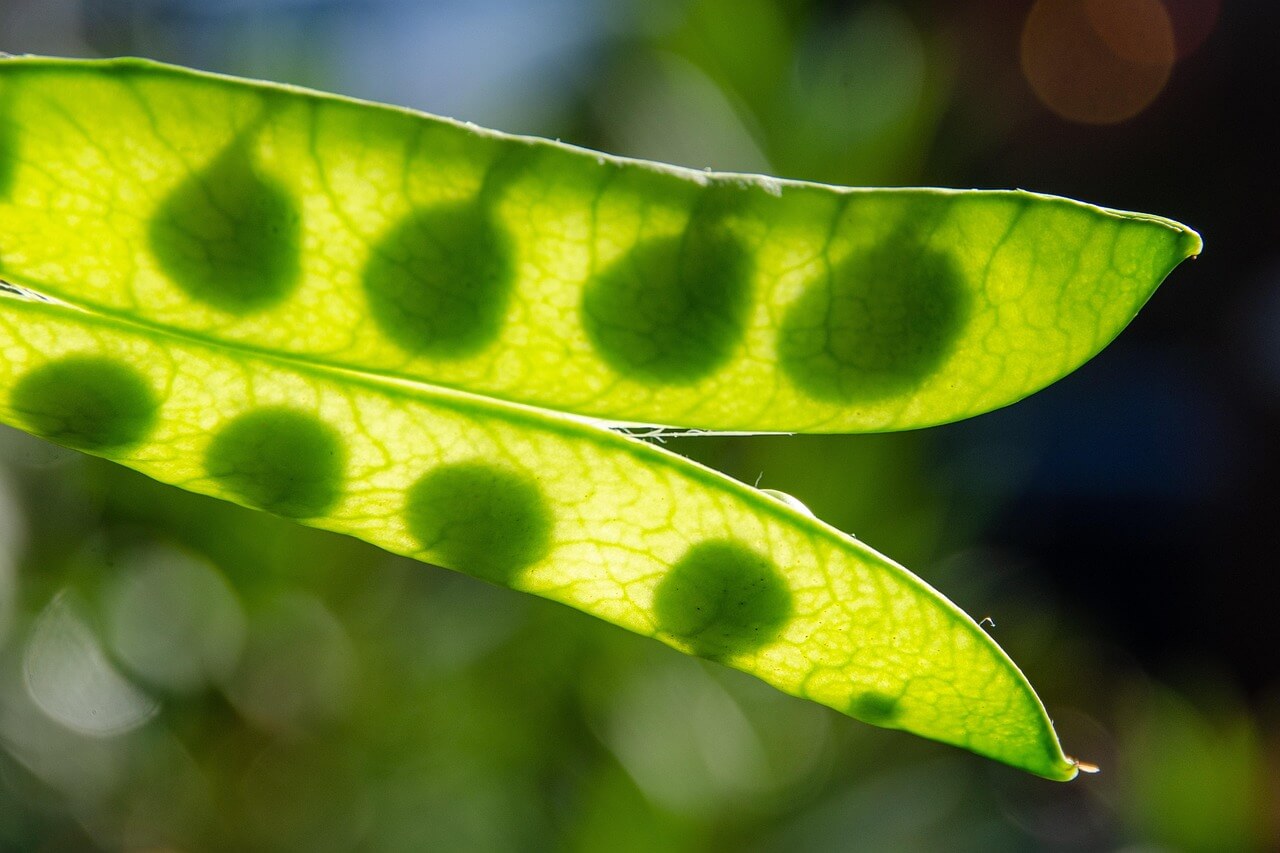
6. Sweet peas smell amazing—but are toxic.
Sweet peas are famous for their perfume, but all parts of the plant are toxic if eaten. They contain a neurotoxin that can cause lathyrism, a condition associated with muscle paralysis and joint problems when large amounts are consumed over time. While that level of exposure is rare in ornamental gardening, the pods look misleadingly like edible peas—so keep them out of the kitchen.
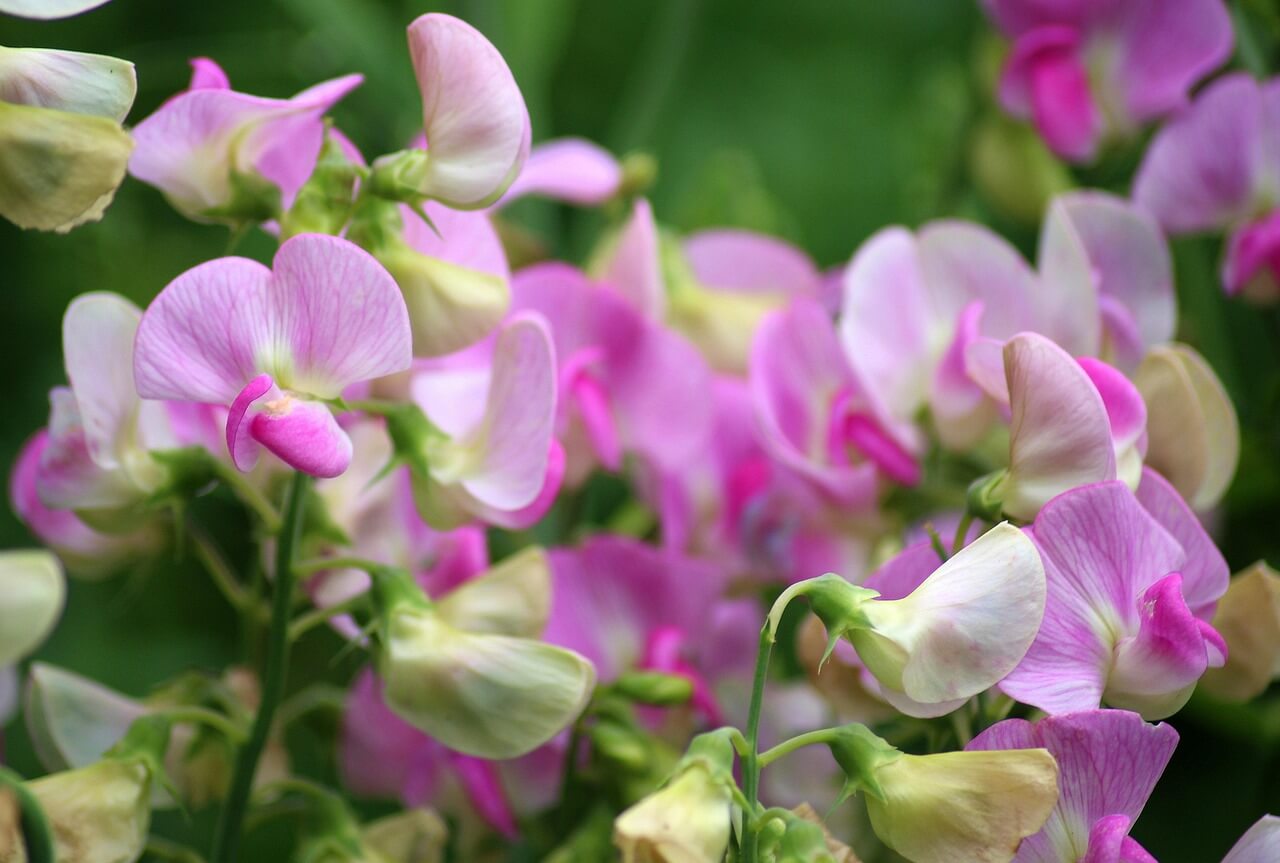
7. They’re not related, exactly.
Despite the similar name and growing habit, garden peas and sweet peas belong to different genera: Pisum and Lathyrus, respectively. They’re part of the same legume family, but can’t crossbreed and differ significantly in taste, purpose, and structure.
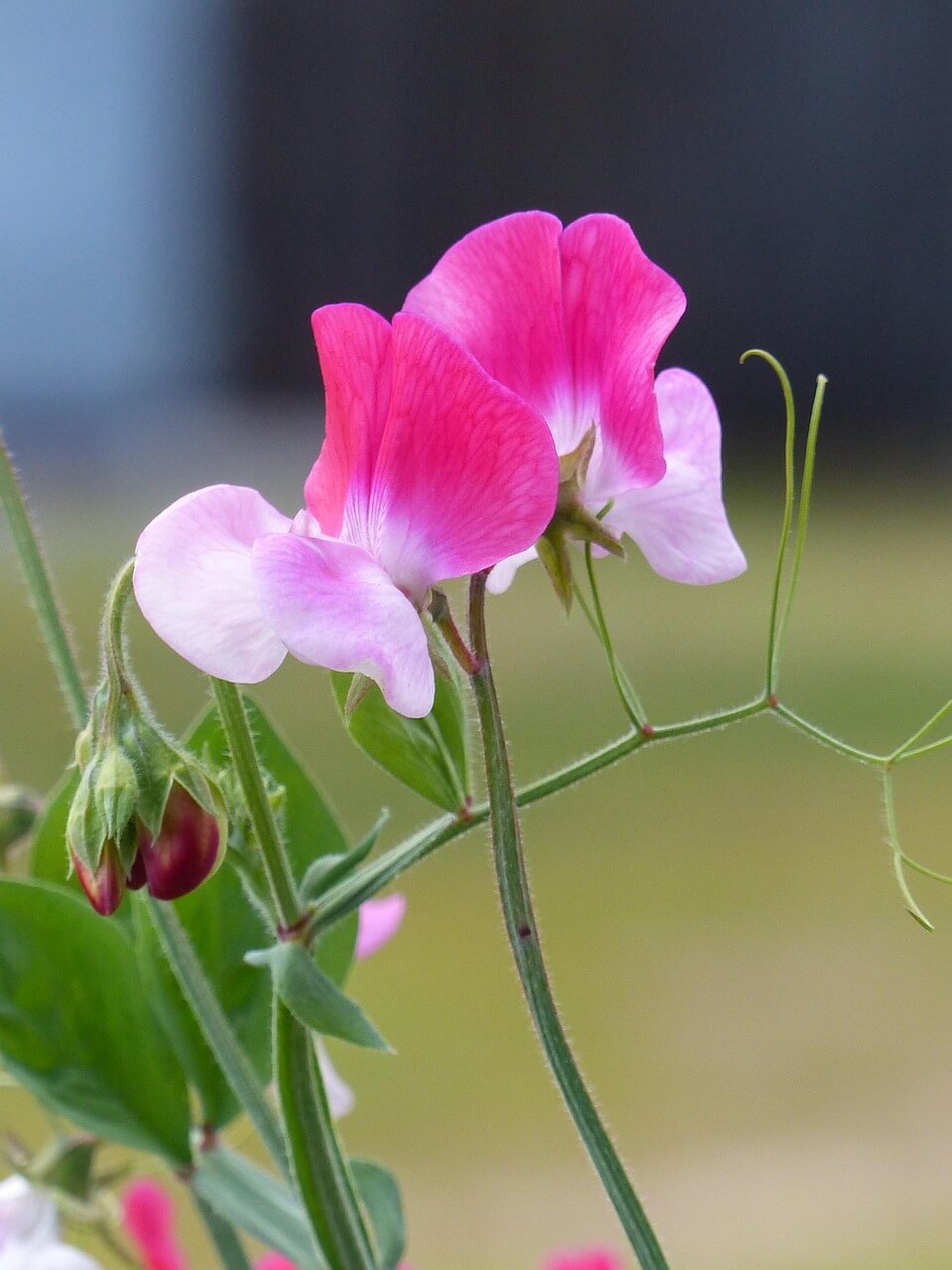
8. They respond to day length.
Peas and sweet peas both respond tothe length of daylightas part of their flowering cues. Sweet peas, in particular, bloom more vigorously as the days grow longer. That’s part of why early sowing is key: it gets them flowering at their peak just as the light hits its stride.
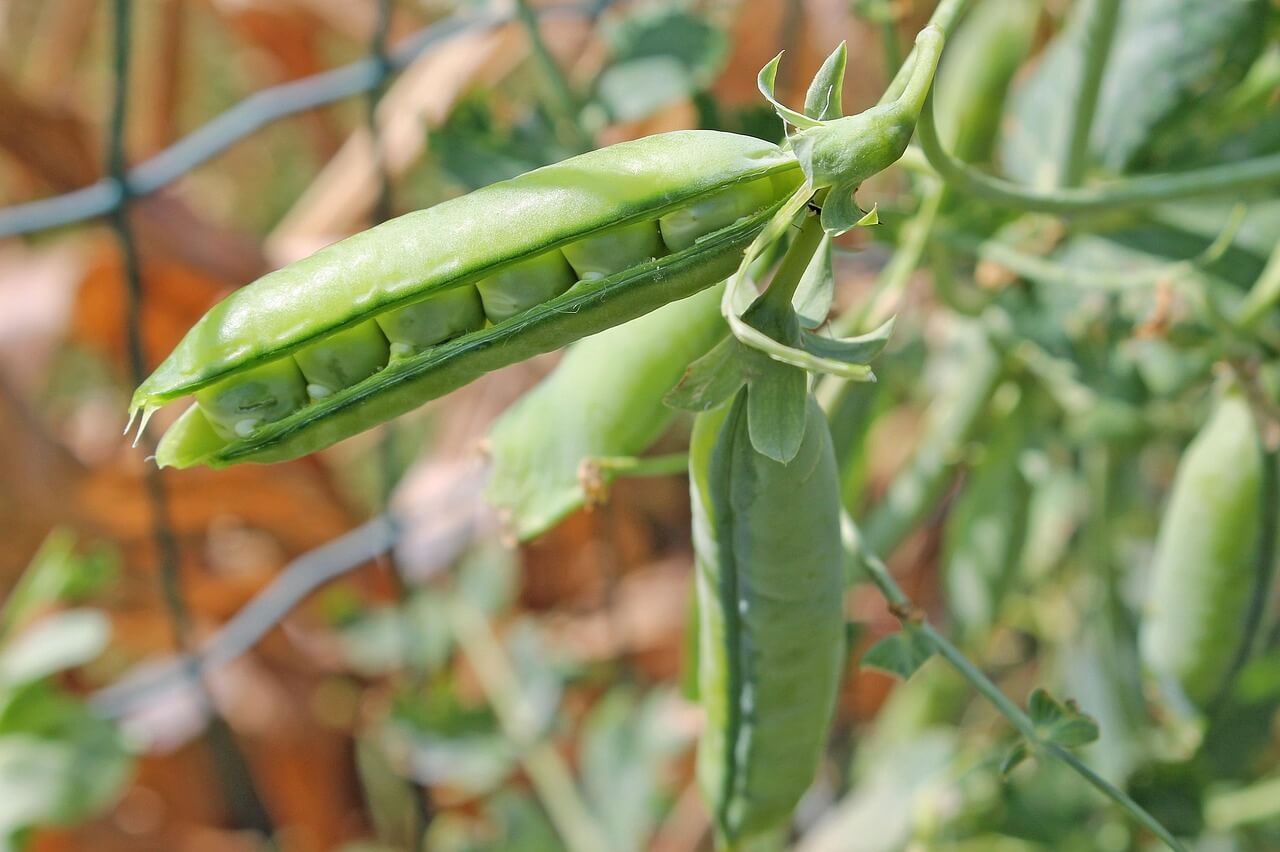
9. Mendel’s peas changed biology.
The rules of genetics were first worked out by Gregor Mendel using common garden peas. By tracking traits like seed shape and flower colour, he figured out dominant and recessive inheritance—laying the foundation for modern genetics.
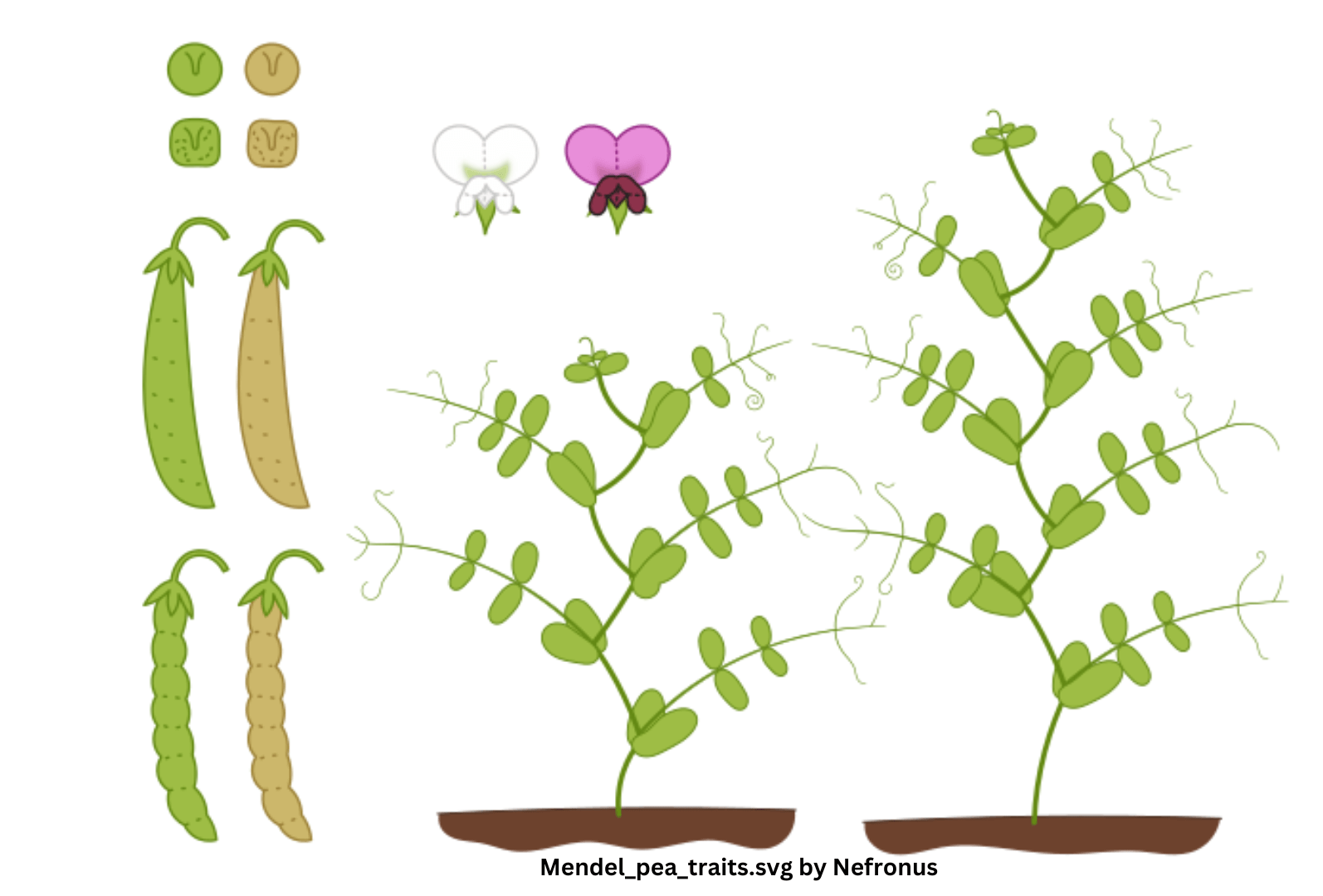
10. There’s a pea for every plot.
Whether you’re working with a balcony pot or a backyard patch, there’s a variety to suit. Dwarf cultivars like ‘Tom Thumb’ or ‘Sugar Ann’ work well in containers, while snap, snow, and shelling peas each offer different textures and flavours. Just don’t mix them up with sweet peas, which are strictly for the vase.
